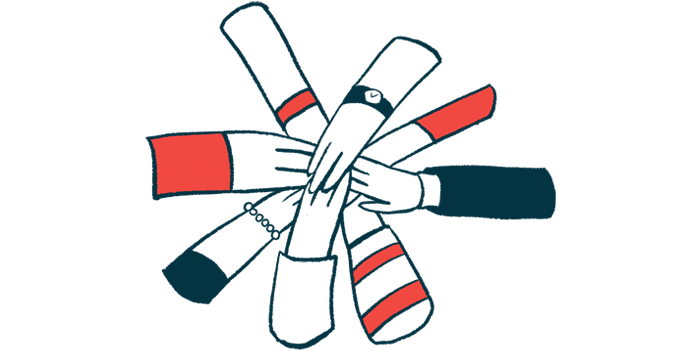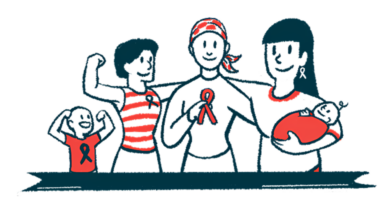World Hemophilia Day Supporters Hope to Make a Difference

Supporters of World Hemophilia Day, on April 17, are hoping to raise awareness about the bleeding disorder with events planned globally and on social media, and to advocate for sustainable and equitable access to care and treatment.
The annual event, which is organized by the World Federation of Hemophilia (WFH), targets the general public as well as industry representatives, policymakers, researchers, and healthcare professionals.
In addition to bringing attention to hemophilia and other bleeding disorders, which affects approximately 1 in 10,000 individuals globally, the day promotes the importance of community and universal access to proper care and support. This year’s theme is “Access for All: Partnership. Policy. Progress. Engaging your government, integrating inherited bleeding disorders into national policy.”
“By raising awareness and bringing hemophilia and other inherited bleeding disorders to the attention of policymakers, we can increase sustainable and equitable access to care and treatment,” the WFH stated on an event webpage.
To mark the day, the organization is offering a host of downloadable and modifiable campaign materials — a poster, banner, logo, etc. — that are available in English and French.
A social media toolkit is available in English, French, and Spanish and includes a Facebook frame, cover images, and more for use on social media platforms. Supporters are encouraged to interact with the WFH on Facebook, Twitter, and LinkedIn.
In addition, participants are invited to use the group’s first advocacy toolkit, which contains a sample letter and tips that they can use to correspond with government officials and policymakers about national policy and hemophilia.
The toolkit also contains a “one-pager” about the event and how supporters can participate, with suggestions for raising awareness. Those suggestions include using the hashtags #WHD2022 #worldhemophiliaday, and #LightItUpRed when posting on social media; sharing photos and videos of WHD; posting banners and images; sharing advocacy efforts online; and “going live” on social media on April 17 with personal stories about hemophilia.
Toolkit suggestions include organizing an advocacy event, such as a town hall meeting or forum, or hosting a fundraiser or a competition, such as a team walkathon.
Then there’s the “Light it Up Red” campaign. Each year, as part of the awareness day, landmarks around the world are awash in red, the event’s official color. Last year, more than 100 landmarks were lit in a show of community solidarity. The advocacy toolkit includes a sample letter that can be used to request that a monument or other landmark be lit.
In keeping with the color theme, participants are asked to don something red at home, in school, or at work on April 17 and then share a selfie on social media.
Patients and caregivers may post and read each other’s stories on a dedicated platform link on the WFH’s website.
“Every year, the WFH offers the bleeding disorders community a unique and intimate story site where people everywhere can come together and celebrate the day,” the organization states. “Patients and caregivers can use this platform to share their personal stories and pictures.”
Supporters are also asked to contact their local WFH national member organization to find out ways they can help.
Elsewhere, the Haemophilia Foundation Australia, a WFH member organization, is also featuring a “Light it Up Red” effort and plans to post photos on social media of illuminated landmarks, such as Victoria Bridge in Brisbane, Queensland, and the Shine Dome in Canberra.
Also, the European Haemophilia Consortium will mark the awareness day with a week of online events from April 17–23. Monitor this space for coming details.
In the U.S., an educational family affair will be presented by the Midwest Hemophilia Association. The Sanofi Genzyme-sponsored event, taking place on April 9, from 10 a.m. to 2 p.m. at the Bristol Seafood Grill in Leawood, Kansas, will feature discussions about joint health and more, for those with a bleeding disorder, or caregivers. The event is limited to 50 attendees and registrations are open until April 8.








